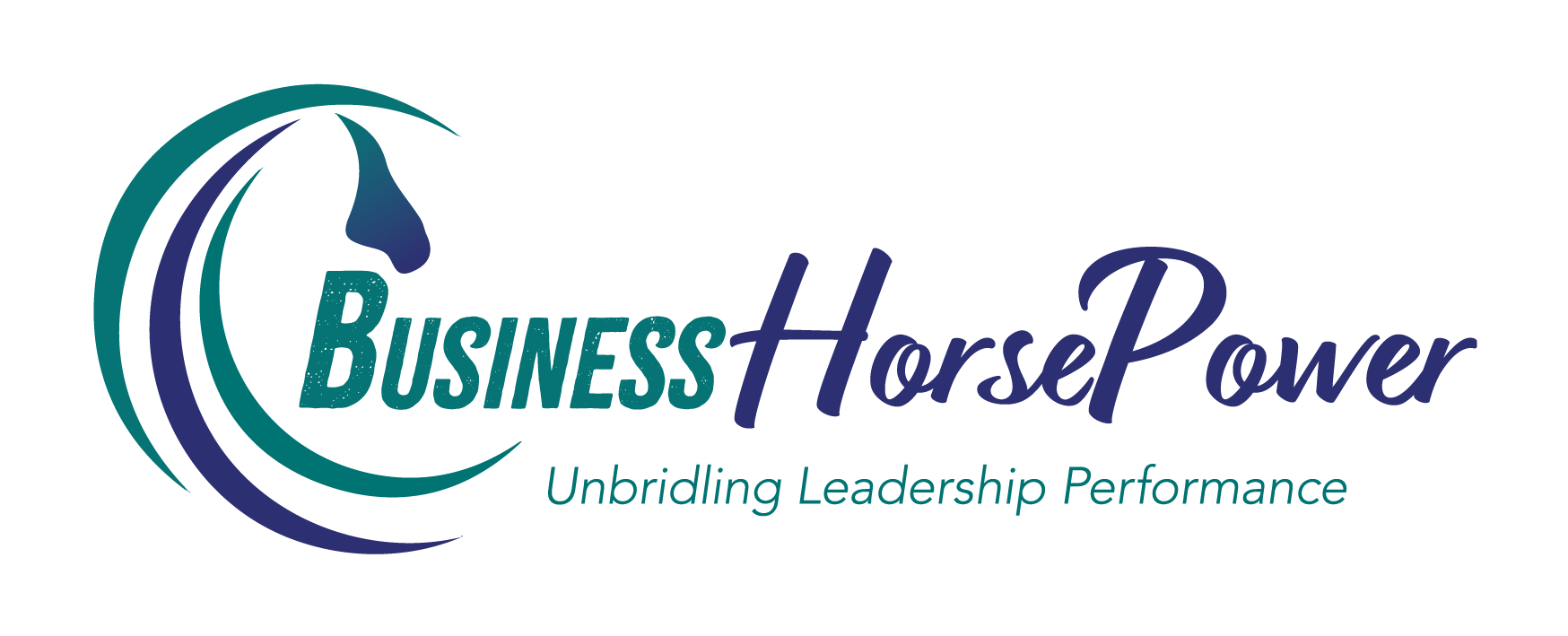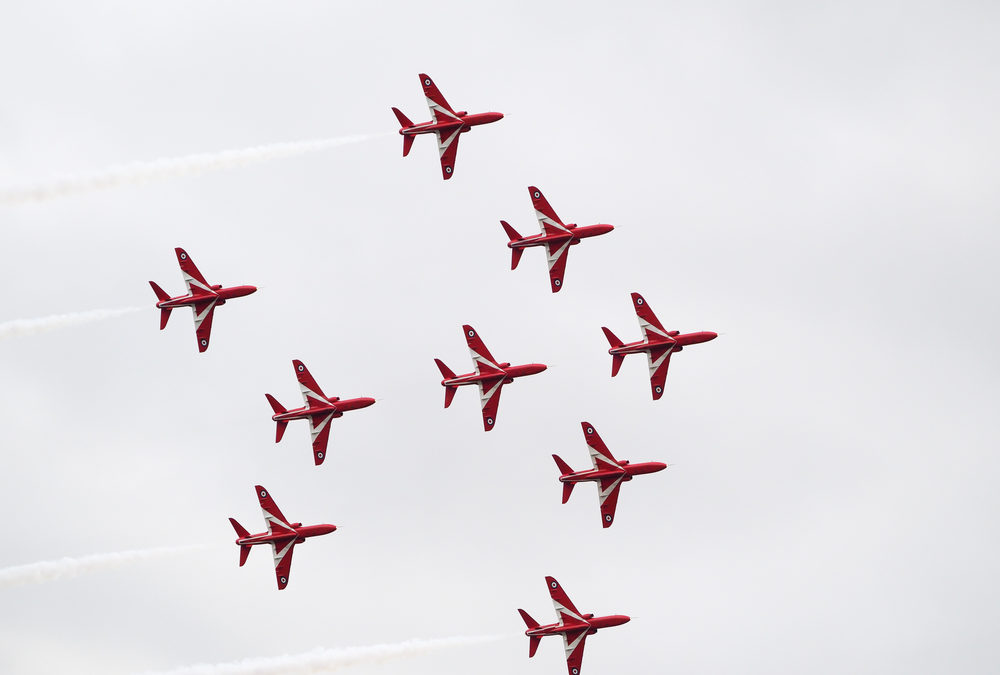Welcome back to Impactful Teamwork! I’m Julia Felton, your host and guide. After a brief hiatus for a refreshing vacation, I’m excited to delve back into the intricacies of teamwork and leadership with you. In this episode, I’ll share valuable lessons I gleaned from my recent experiences, including a transformative corporate event with horses and an intensive, high-stakes role at the Farnborough Airshow.
The Power of Experiential Learning
Before diving into the Farnborough Airshow insights, let’s touch on the transformative event I hosted for technology leaders. This event, where leaders from around the world engaged with horses, was the culmination of a multi-month leadership program. It brought theoretical lessons to life, illustrating how experiential learning can deepen understanding and application of leadership and teamwork principles.
Farnborough Airshow: A High-Stakes Learning Lab
The Farnborough Airshow is a monumental event in the aerospace industry, alternating annually with the Paris Airshow. This year’s event was staggering, with deals worth £81.5 billion being struck. It’s a place where industry giants showcase innovations and secure significant business, making it a high-pressure environment where every detail matters.
For the event, I managed a large, luxurious catering chalet for a long-term client. This involved orchestrating a team of 24 individuals, most of whom I had never met before. The challenge was to quickly form a high-performance team capable of delivering exceptional service under dynamic and high-pressure conditions. Here are the seven key lessons I learned from this experience.
1. Sharing Leadership
Effective teamwork requires distributed leadership. In the chalet, the scale and dynamism of the operations meant that a single person couldn’t oversee everything. I split leadership responsibilities among a few key individuals: the chef, the restaurant manager, and the bistro manager. This delegation allowed us to manage smaller, more focused teams, ensuring each area operated smoothly.
By sharing leadership, we could respond swiftly to the fast-paced changes typical of the airshow environment. This approach not only alleviated individual burdens but also empowered team members to take ownership of their roles, fostering a collaborative atmosphere.
2. Clearly Defined Roles
Clarity in job roles is crucial for effective teamwork. Each member of our team had a specific, well-defined role, which minimized confusion and maximized efficiency. For example, the chef managed all food-related activities, the restaurant manager oversaw the a la carte service, and the bistro manager handled the buffet.
This clear division of labor ensured that everyone knew their responsibilities and could focus on excelling in their specific tasks. It also facilitated better coordination and communication among team members, as each person understood how their role contributed to the overall success of the chalet.
3. Explaining the Purpose
Understanding the bigger picture can significantly boost motivation and performance. I took the time to explain to the team the significance of the Farnborough Airshow, the role of our client within the aerospace industry, and how our work impacted the client’s success.
When people understand the importance of their tasks and how they fit into the larger mission, they are more likely to be engaged and committed. Providing this context helped the team see beyond their immediate duties and appreciate the value of their contributions.
4. Paying Attention
Attention is a cornerstone of effective leadership. By paying close attention to the team’s needs, the environment, and the dynamics at play, I could address issues promptly and provide timely feedback. This attentiveness demonstrated that I valued the team’s efforts and was committed to their success.
Moreover, being attentive allowed me to recognize and celebrate individual achievements, fostering a sense of appreciation and motivation among team members. It also helped in identifying areas for improvement and making necessary adjustments on the fly.
5. Saying Thank You
Acknowledging and appreciating team members is vital for maintaining morale and motivation. Throughout the event, I made it a point to thank individuals for their hard work and dedication. This simple act of recognition helped build a positive team culture and encouraged everyone to continue performing at their best.
6. Seeking Feedback
Continuous improvement requires openness to feedback. I encouraged team members to share their insights and suggestions for better ways to operate. This collaborative approach not only led to operational enhancements but also made the team feel valued and heard.
Listening to feedback allowed us to adapt quickly and improve our service delivery, ensuring we met the client’s high standards. It also fostered a sense of ownership and accountability among team members, as they knew their opinions mattered.
7. Modeling the Way
Leading by example is perhaps the most powerful lesson of all. I made sure to be actively involved in all aspects of the operation, from serving meals to cleaning up. This hands-on approach showed the team that no task was beneath me and that I was willing to do whatever was necessary to ensure our collective success.
By modeling the way, I reinforced the values of teamwork, humility, and dedication. It also helped build trust and respect within the team, as they saw that I was committed to working alongside them and supporting their efforts.
Conclusion
The experience at the Farnborough Airshow reaffirmed the importance of these seven leadership and teamwork principles: sharing leadership, clearly defining roles, explaining the purpose, paying attention, saying thank you, seeking feedback, and modeling the way. These lessons are not only applicable in high-stakes environments like the airshow but are also valuable for everyday team interactions.
I encourage you to reflect on these principles and consider how you can apply them in your own organization. Whether you manage a team, work with suppliers, or engage with customers, these strategies can help you create more cohesive, collaborative, and high-performing teams
Show Notes:
Here are the highlights from this episode:
01:11 Lessons from the Corporate Event with Horses
03:19 Insights from Farnborough Airshow
07:37 Building a High-Performance Team
09:27 Seven Key Lessons for Team Success
22:39 Conclusion and Call to Action

Julia Felton (aka The Business Wrangler) is the founder of Business HorsePower. Business leaders, entrepreneurs and executives hire her to accelerate their business performance by harnessing the energy of their people to work more collaboratively together. By aligning purpose with actions the team achieves exponential results as everyone starts pulling in the same direction.
Julia believes that business is a force for good and through designing purpose-driven businesses that leverage the laws of nature, and the herd, you can create businesses founded on the principles of connection, collaboration and community that make a significant impact in the world.

